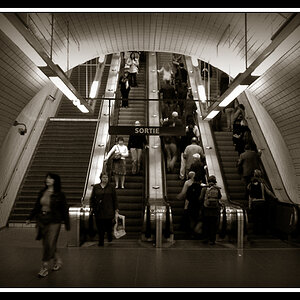passionphotographer
TPF Noob!
- Joined
- Oct 21, 2004
- Messages
- 10
- Reaction score
- 0
Hi There,
can somebody shed light on choosing nikkor 18-200 lens vs tamron 18-250 for nikon cameras which is said to boast 13+X zoom. I would like to know the impact on quality of a picture taken using tamron lens and the nikkor lens, which one is worth the money?
Thanks,
yours sincerely,
passion photographer
can somebody shed light on choosing nikkor 18-200 lens vs tamron 18-250 for nikon cameras which is said to boast 13+X zoom. I would like to know the impact on quality of a picture taken using tamron lens and the nikkor lens, which one is worth the money?
Thanks,
yours sincerely,
passion photographer




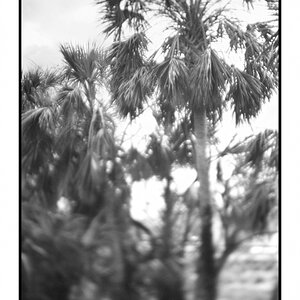
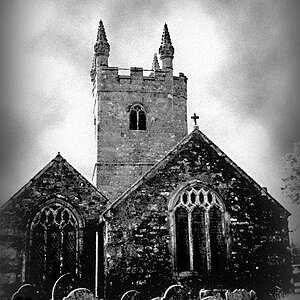

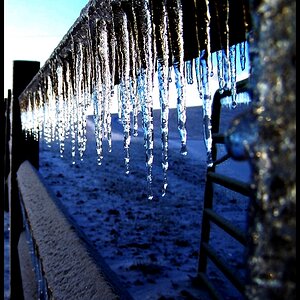

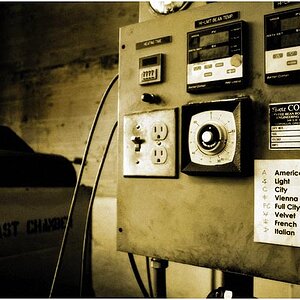
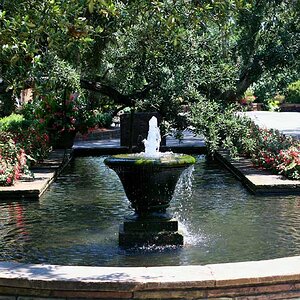
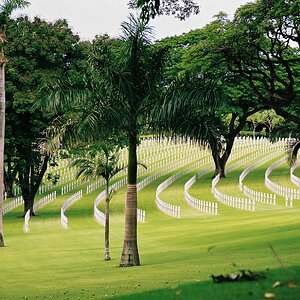
![[No title]](/data/xfmg/thumbnail/40/40288-4d5d7a8aa74ddfceb5fb82062d9b21be.jpg?1619739409)
